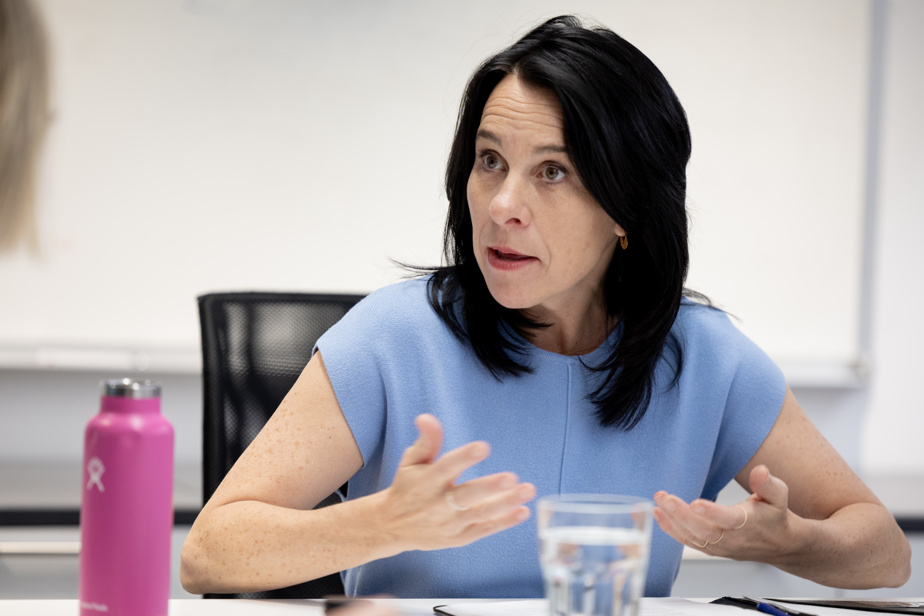Montreal wants to accelerate the densification of its territory in order to deliver 200,000 more housing units by 2050. But to avoid making road congestion even greater, the City hopes to combine this real estate development with that of public transportation.
“We want to unlock Montreal’s development potential. And that will involve intelligent densification objectives,” says Mayor Valérie Plante, in an interview in the offices of La Presse.
In its Urban Planning and Mobility Plan (PUM) 2050, which will be unveiled this Tuesday, its administration will make way for a new measure of densification, based on housing per hectare, with scales for a low densification zone , moderate or high.
A sector classified as first category will be able to develop between 15 and 60 units per hectare, while a district considered “moderate” will be able to have between 60 and 200 housing units per hectare. Finally, at the highest levels of densification, we will be able to exceed more than 200 housing units per hectare.
In the city centre, for example, the densification zone will be “high”, but in more remote or heritage areas, it could be low or moderate. “Single-family homes where we would allow, for example, the addition of a floor, a backyard, extensions, in areas like Pointe-aux-Trembles or Saint-Laurent, that would be low,” says the head of urban planning, Robert Beaudry, who accompanied the mayor during the editorial meeting with La Presse.
In the shorter term, the City aims to reach an overall threshold of 12% “non-market” housing within 10 years. Right now, that rate is just 7%.
In March, the Communauté métropolitaine de Montréal had already proposed requiring a density of 450 housing units per hectare in the city centre, whereas the threshold had been 150 housing units per hectare until now. Elsewhere in Greater Montreal, for suburban neighbourhoods with a Réseau express métropolitain station, it was then suggested that the threshold increase from 80 to 200 units per hectare.
As for the authorized heights, this “will depend on each sector, each typology”, specifies the elected official.
“A high density can be seven stories, but very established, or 30 stories, but very tapered. The idea, for us, is to have the land footprint to, among other things, create green spaces,” persists Mr. Beaudry, who recalls that these guidelines “will then translate into more regulations in the districts. accurate “.
Along public transport networks, such as the future extension of the blue line, “densification will necessarily be high,” adds Mayor Valérie Plante.
“We’re changing the formula because we don’t want to make the same mistake of the past, which is to say, building an entire neighborhood only to realize that, oops, we should have built public transportation. The two go together, and that’s what we want,” she notes.
Moreover, she maintains that her PUM is “a gift” to the Minister of Transport, Geneviève Guilbault, who is preparing the arrival of her transport agency.
She thus says that she wanted to be “strategic”, in a context where “the City has a limit in financing public transport” and where the government does not seem to want to finance transporters more. “If a government decides that, for it, this is not a priority or that it does not have a long-term vision, at least it will have to respond to well-documented planning,” says the mayor.
For the rest, she promises that the pedestrian will be “at the center of the process” of the Urban Plan, which must, before its adoption, go through the Montreal Public Consultation Office. “When we talk about a city on a human scale, that’s it. Of course, we want height, but we have to think so that it is done coherently and so that the citizen does not feel overwhelmed. »
The mayor believes that there is “still a lot of education to be done” in terms of sharing the road. “In Montreal, we have 10,000 km of streets, but barely 1% with cycle paths, so we are far from the city all by bike. Everyone has their place, and we don’t think that cars will disappear […], but we must not add the same number of cars as there are more citizens,” she concludes.




